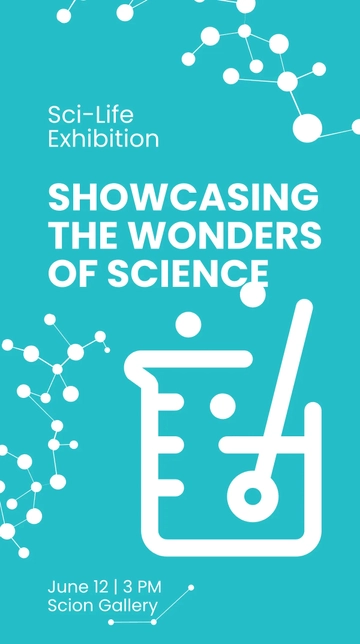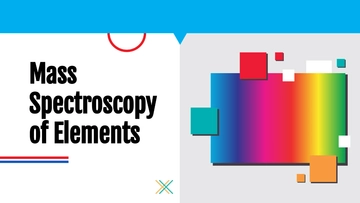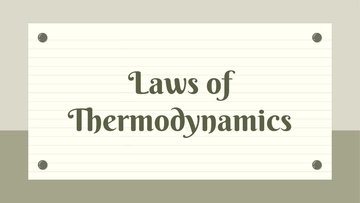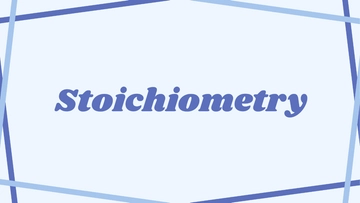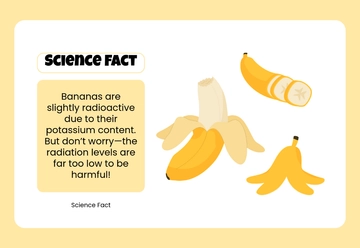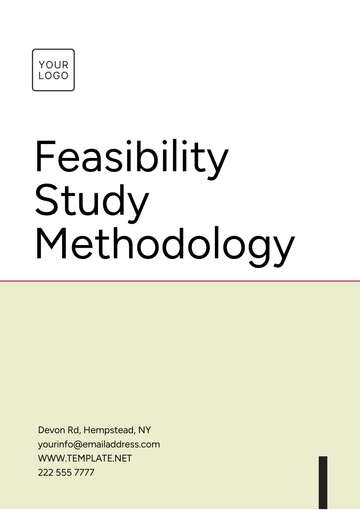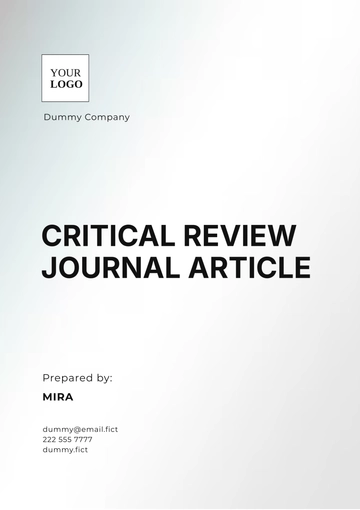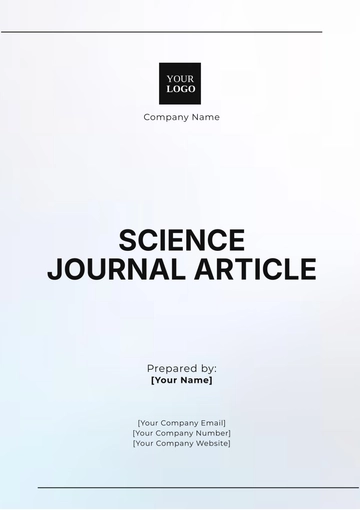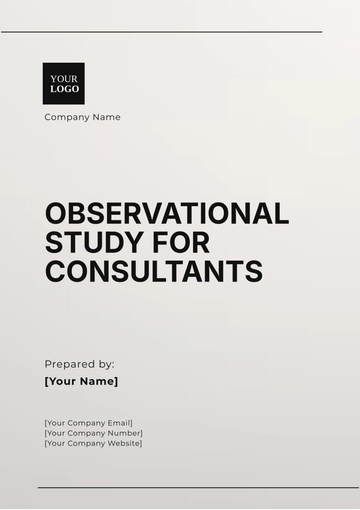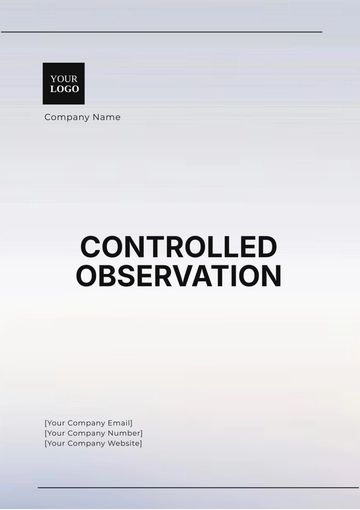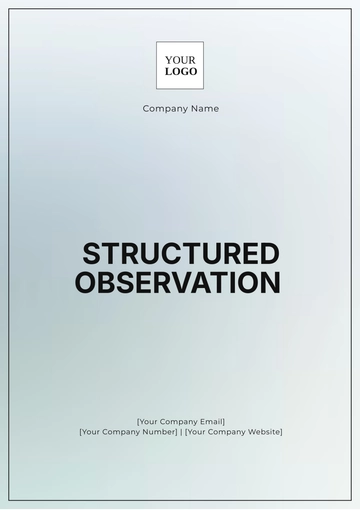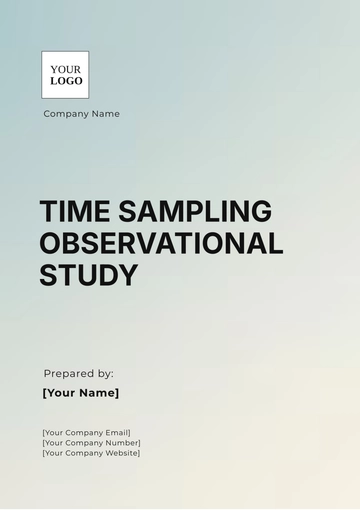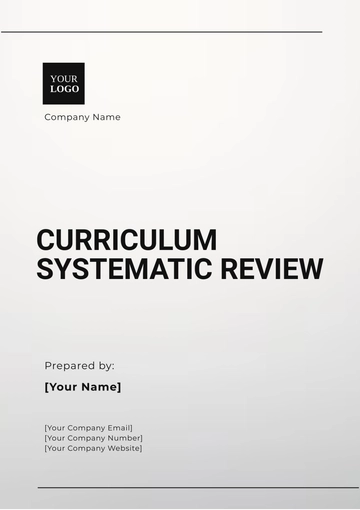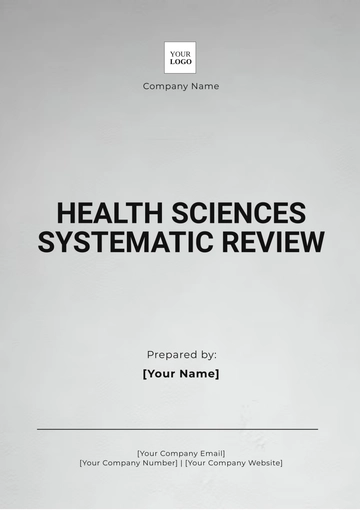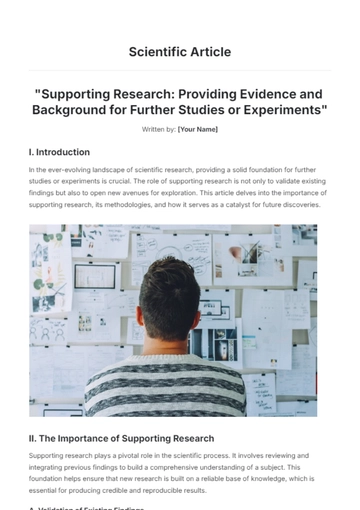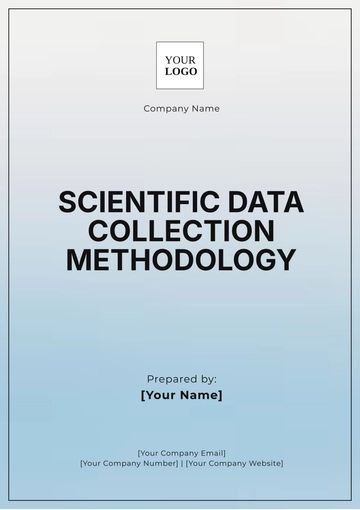Free Health Sciences Systematic Review
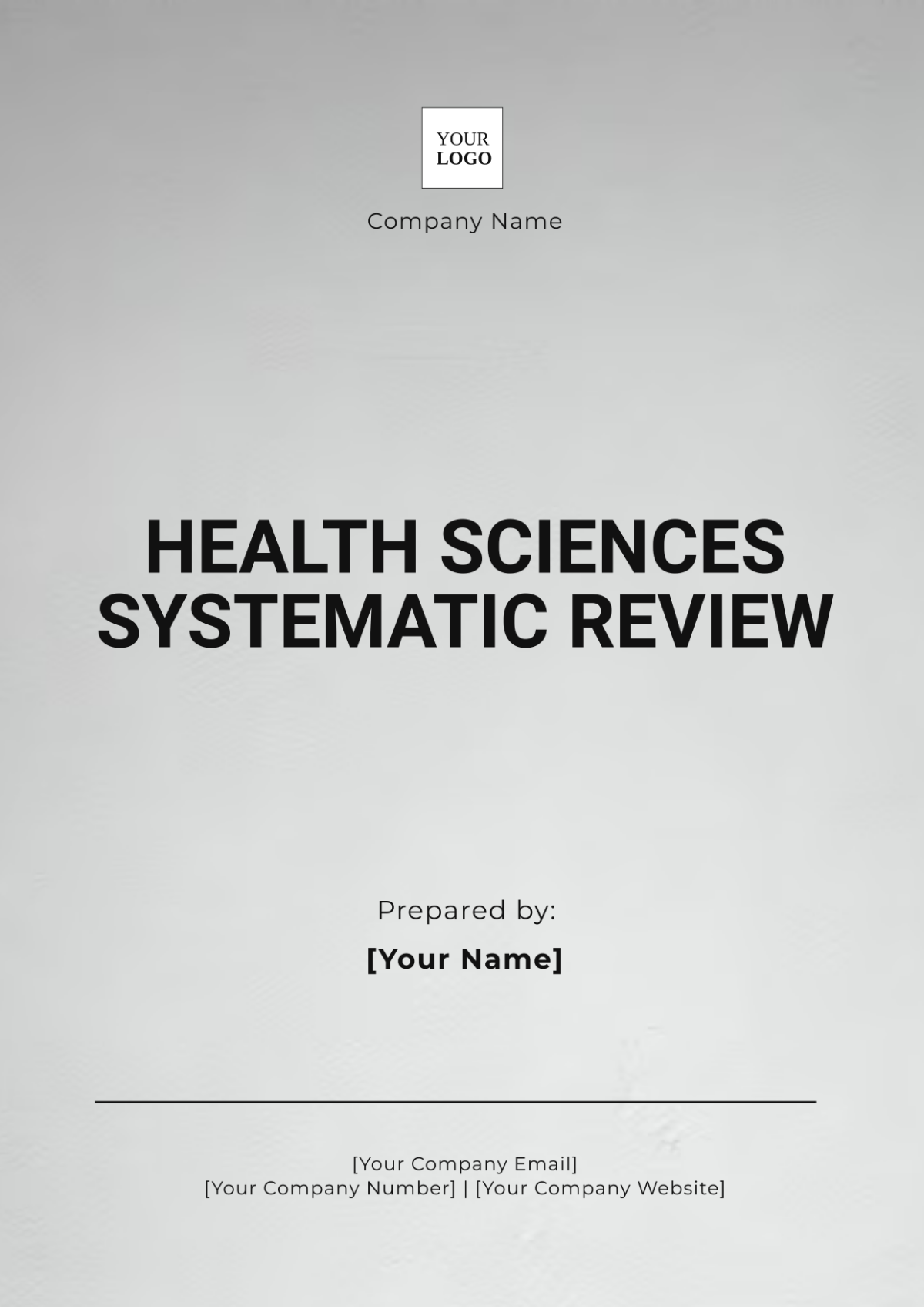
Prepared By: [Your Name]
Title: Advancements in Cardiovascular Health Sciences
Abstract
This systematic review aims to provide a comprehensive analysis of recent advancements in cardiovascular health sciences. The review focuses on innovations in diagnostic techniques, therapeutic approaches, and preventive strategies. By synthesizing data from multiple studies, this review seeks to highlight key developments, identify gaps in current knowledge, and propose directions for future research.
1. Introduction
1.1 Background
Cardiovascular diseases (CVDs) remain a leading cause of morbidity and mortality globally. Recent advancements in cardiovascular health sciences have significantly impacted the understanding, diagnosis, and management of these conditions.
1.2 Objectives
This review aims to:
Summarize recent advancements in diagnostic and therapeutic methods.
Evaluate the effectiveness of new interventions.
Discuss future research directions.
1.3 Methodology
A systematic search of electronic databases (PubMed, Scopus, Web of Science) was conducted for studies published in the last five years. Inclusion criteria included peer-reviewed articles on cardiovascular diagnostics, therapies, and prevention. Data were synthesized using narrative synthesis and tabular presentation.
2. Diagnostic Innovations
2.1 Imaging Techniques
Echocardiography
Recent advancements in echocardiography, such as 3D imaging and strain imaging, have enhanced the precision of cardiac assessments.
3D Echocardiography: Provides detailed heart visuals and function.
Strain Imaging: Provides insights into myocardial deformation and function.
Table 1: Comparison of Echocardiography Techniques
Technique | Advantages | Limitations |
|---|---|---|
2D Echocardiography | Established technology, widely available | Limited spatial resolution |
3D Echocardiography | Enhanced spatial resolution, detailed imaging | Higher cost, more complex |
Strain Imaging | Improved assessment of myocardial function | Requires specialized training |
Magnetic Resonance Imaging (MRI)
MRI advancements include cardiac MRI with enhanced resolution and faster imaging sequences, allowing for better assessment of cardiac tissue and function.
2.2 Biomarkers
2.2.1 Novel Biomarkers
Recent research has identified several novel biomarkers for early detection and risk stratification in cardiovascular diseases.
High-Sensitivity Troponin: Improved sensitivity for detecting myocardial injury.
B-type natriuretic Peptide (BNP): Useful in diagnosing heart failure and monitoring treatment response.
List 1: Emerging Biomarkers in Cardiovascular Health
Circulating microRNAs
Soluble ST2
Growth Differentiation Factor 15 (GDF-15)
3. Therapeutic Approaches
3.1 Pharmacological Treatments
Antiplatelet Agents
New antiplatelet therapies, such as P2Y12 inhibitors, have demonstrated improved outcomes in patients with acute coronary syndromes.
Clopidogrel: Widely used, effective in reducing cardiovascular events.
Ticagrelor: Has shown superior efficacy compared to clopidogrel in recent studies.
Table 2: Comparison of Antiplatelet Agents
Agent | Mechanism of Action | Efficacy | Side Effects |
|---|---|---|---|
Clopidogrel | P2Y12 Inhibitor | Reduces risk of myocardial infarction | Bleeding risk, gastrointestinal issues |
Ticagrelor | P2Y12 Inhibitor | Greater reduction in cardiovascular events | Higher risk of bleeding, dyspnea |
3.1.2 Novel Anticoagulants
Direct oral anticoagulants (DOACs) offer advantages over traditional warfarin therapy, including fewer drug interactions and more predictable dosing.
3.2 Interventional Procedures
Percutaneous Coronary Intervention (PCI)
Advancements in PCI techniques, such as the use of drug-eluting stents, have improved outcomes and reduced restenosis rates.
Drug-Eluting Stents (DES): Release medication to prevent artery re-narrowing.
Bioresorbable Stents: Emerging technology with the potential for reducing long-term complications.
List 2: Key Developments in PCI
Improved stent materials and coatings
Enhanced imaging guidance techniques
Valve Replacement
Transcatheter aortic valve replacement (TAVR) has become a viable option for patients with aortic stenosis who are high-risk candidates for traditional surgery.
4. Preventive Strategies
4.1 Lifestyle Interventions
Diet and Exercise
Modifications in diet and exercise continue to be fundamental in preventing cardiovascular diseases.
Mediterranean Diet: Associated with reduced risk of cardiovascular events.
Regular Physical Activity: Improves cardiovascular fitness and reduces risk factors.
Table 3: Effects of Lifestyle Interventions
Intervention | Effect on Cardiovascular Risk | Evidence Level |
|---|---|---|
Mediterranean Diet | Reduced incidence of heart disease | High |
Regular Exercise | Lowered blood pressure, improved cholesterol levels | High |
4.2 Pharmacological Prevention
Statins
Statins remain the cornerstone of preventive therapy in cardiovascular disease, reducing cholesterol levels and cardiovascular events.
Atorvastatin: Proven efficacy in reducing cardiovascular events.
Rosuvastatin: Demonstrated benefits in high-risk populations.
List 3: Statins in Preventive Therapy
Atorvastatin
Rosuvastatin
Simvastatin
5. Future Directions
5.1 Research Gaps
Need for more diverse clinical trial populations.
Exploration of personalized medicine approaches.
5.2 Emerging Technologies
Artificial Intelligence (AI) in Diagnostics: Potential for improved accuracy in imaging and risk prediction.
Genomic Medicine: Opportunities for tailored therapies based on genetic profiles.
5.3 Policy and Practice
Integration of new findings into clinical practice guidelines.
Efforts to improve access to advanced therapies in underserved populations.
6. Conclusion
Recent progress in cardiovascular health sciences has greatly influenced the discipline, encompassing innovative diagnostic instruments to new treatment methods. Ongoing research and the incorporation of new technologies will be essential in overcoming the existing hurdles and enhancing patient care.
- 100% Customizable, free editor
- Access 1 Million+ Templates, photo’s & graphics
- Download or share as a template
- Click and replace photos, graphics, text, backgrounds
- Resize, crop, AI write & more
- Access advanced editor
Organize your health sciences research with Template.net’s Health Sciences Systematic Review Template. This editable and customizable template provides a structured approach to reviewing literature in health sciences. Editable in our AI Editor Tool, it’s ideal for researchers, students, and healthcare professionals seeking to conduct comprehensive, methodical reviews. Tailor the template to align with your specific research focus for clear, accurate findings.
